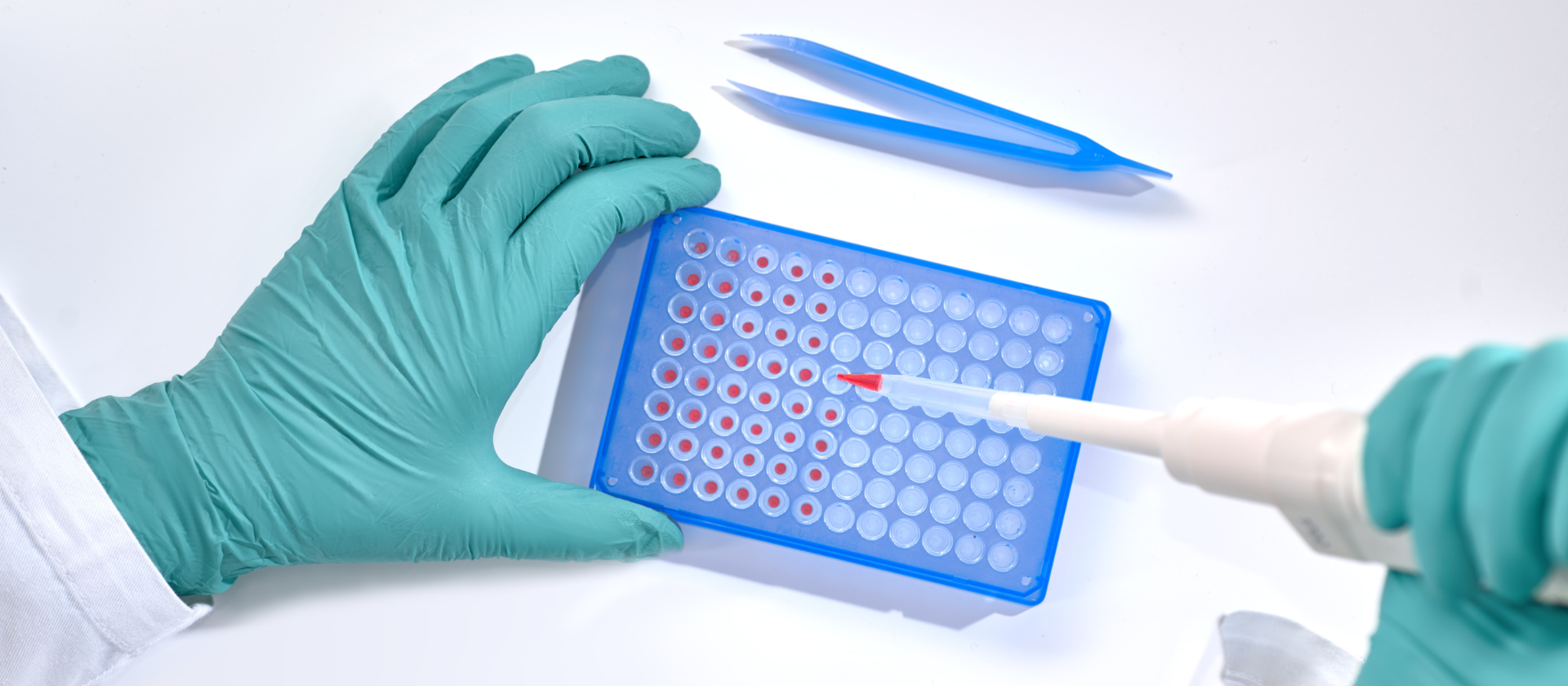Glove Material and Ergonomics for the Lab Professional
Over the past two decades, there has been heightened concern across a variety of industries regarding the ergonomic risk factors for employees developing workplace-related musculoskeletal disorders. In recent years, more professionals have developed short-term and permanent disabilities due to their on-the-job activities.

These include repetitive motion injuries during routine laboratory procedures such as working with pipettes, microscopes, microtomes, and using cell counters and video display terminals.
Repetitive motion injuries develop over time and occur when muscles and joints are stressed, tendons are inflamed, nerves are pinched, and the flow of blood is restricted.
Ergonomics
The science of ergonomics creates or adapts a device, product, or activity to the user, not the other way around. Not thinking about how devices or tasks affect the body can lead to small injuries happening again and again. This leaves a worker at increased risk for developing a wide variety of workplace-related musculoskeletal disorders, including carpal tunnel syndrome.
One of the most overlooked items with ergonomic implications are gloves. Gloves are an integral part of a lab professional’s day-to-day activities. Ill-fitting gloves can raise the chance of work injuries, despite glove ergonomics not appearing to have a significant effect.
MICROFLEX® prides itself on being a company dedicated to providing specific gloves for specific applications. As such, the selection of the right MICROFLEX® glove product will aid the ergonomic safety of all laboratory professionals. There is a long list of considerations to make when selecting the right glove, including fit, feel, comfort, and material. MICROFLEX® provides a unique combination of industry-leading quality combined with gloves tailored for specific applications.
The Perfect Fit
Properly utilized gloves should fit the hand comfortably. Gloves that are too small continually constrict the palm and stress delicate nerves, blood vessels, tendons, and ligaments in the hands. In contrast, too-large gloves force users to strain their hands to keep the glove material in place without bunching up.
Even today, with all of the available ergonomic information, some professionals still do not equate wearing poorly fitted gloves with the development of workplace-related musculoskeletal disorders. Since glove sizes are not standardized, sizes vary drastically from one manufacturer to another.
Reducing ergonomic risks in the lab, such as hand protection, comfort, productivity, and job satisfaction, helps prevent work-related injuries. Knowing how to control these risks is important. It can decrease the likelihood of getting injured at work. Try Microflex gloves today and see the difference gloves designed for specific applications can provide.
Information provided by MICROFLEX®








